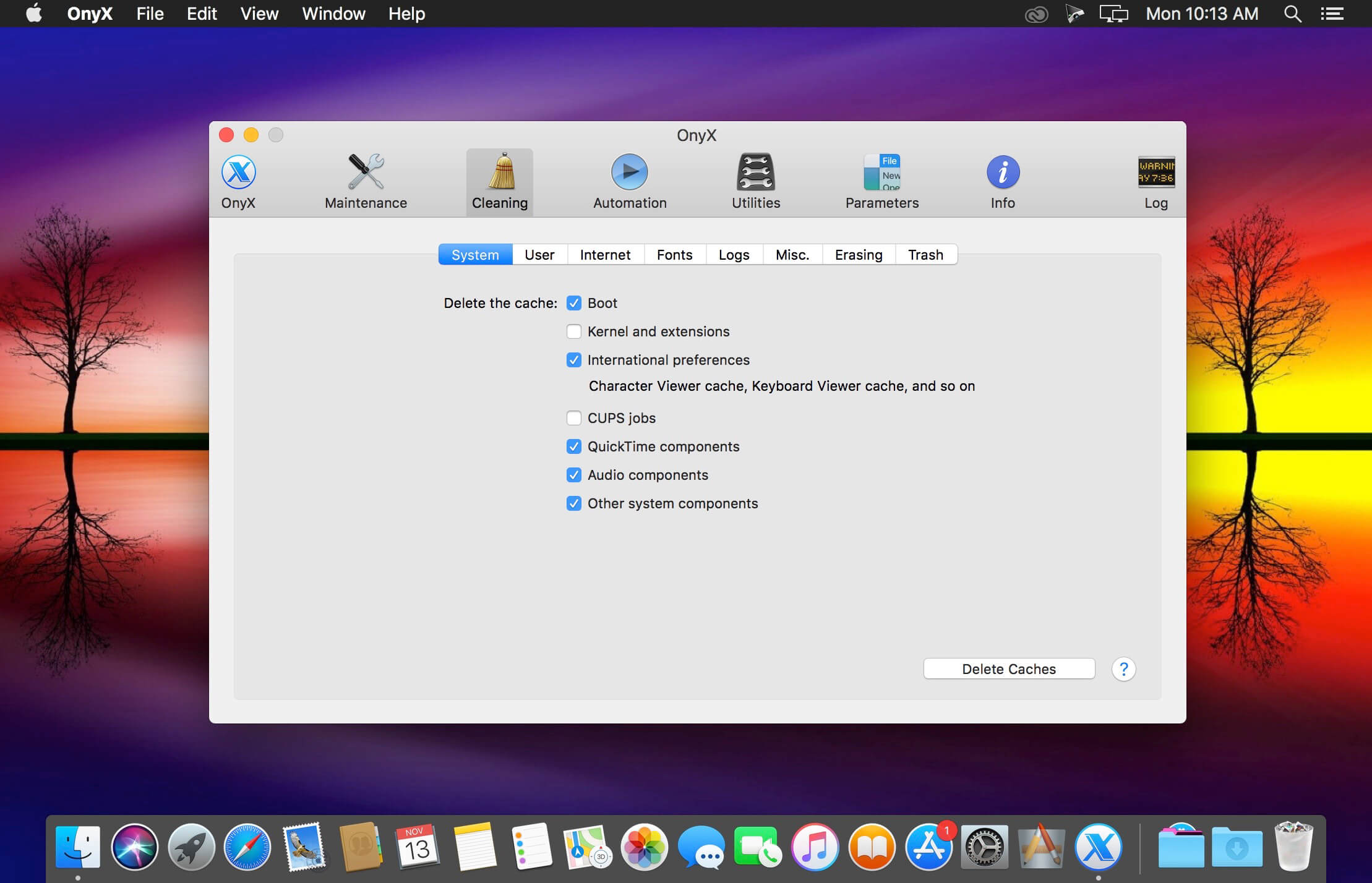

- Automated tasks for mac sierra install#
- Automated tasks for mac sierra android#
- Automated tasks for mac sierra software#
- Automated tasks for mac sierra code#
- Automated tasks for mac sierra free#
Feel free to reach out to me on Twitter if you’re having questions or want to share your own tips with us.Link Check to On-Check Failure Automated Task (Windows, Mac and Linux)
Automated tasks for mac sierra code#
We hope that our tips and code snippets help you set up your own macOS CI machines with Chef.
Automated tasks for mac sierra install#
The mac-app-store cookbook uses the mas CLI tool to install apps from the Mac App Store.
Automated tasks for mac sierra android#
Installing the Android SDK for example is as easy as package android-sdk. The homebrew cookbook installs Homebrew and under Chef 11 the Homebrew package provider is set as the default package provider. So you need to run the build-essential::default recipe before installing the xcode-install gem. This cookbook is important if you want to install Xcode with the xcode-install gem, because xcode-install has a dependency on a gem with native extensions, which means you need the Xcode command line tools to build it. In the case of macOS it installs the Xcode command line tools.
Automated tasks for mac sierra software#
The build-essential cookbook installs packages required for compiling C software from source. The Chef Supermarket contains a few cookbooks that are especially interesting on macOS: build-essential execute 'license' do command 'xcodebuild -license accept' action :nothing subscribes :run, 'execute', :immediately end Temporary_xcode_path = "/Applications/Xcode- # ]", :immediately end # xcode-install accepts the license, but fails sometimes. We’re going to use VMware Fusion, but you can find the commands for the other virtualization solutions in the README of the GitHub repositories.ĭownload macOS Sierra from the App Store to get Install macOS Sierra.app. You can use VMware Fusion, Parallels or VirtualBox. In order for Test Kitchen to create a virtual environment, we first need to create a macOS base box. Kitchen destroy: Test Kitchen destroys your virtual environment. You manually verify that the virtual environment is correctly configured. Kitchen login: Test Kitchen creates an SSH session into your virtual environment. Kitchen converge: Test Kitchen applies your cookbook to your virtual environment. Kitchen create: Test Kitchen creates your virtual environment. Think of it as a virtual machine in which you confirm that things are working before you deploy your code to a production environment. Add a Test KitchenĪ Test Kitchen allows you to test your cookbook in a temporary environment that resembles production. We assume that you have installed the Chef DK and already created a cookbook for you to work in. If you’ve never used Chef please take a look at their documentation first. This post is meant to help you get started with Chef on macOS, not to be a Chef tutorial. Using recipes from cookbooks like homebrew and build-essential is a huge timesaver. Chef’s Supermarket is also a big advantage. But we soon realized that writing Ruby code in Chef recipes is way more powerful than the YAML syntax in Ansible playbooks. We started writing our macOS setup with Ansible, because it seemed like a simpler solution at the time. We needed a reliable and reproducible way to set up these machines. We have Jenkins jobs for iOS tests (with and without ASAN and TSAN enabled), tvOS tests, watchOS tests, macOS tests, Android tests, C++ tests, tests targeting different web browsers, Elixir tests, end-to-end tests for our sync platform and several jobs building releases of all our different products. The reason we have so many machines is the sheer number of different Jenkins jobs we need to run on them. Running one job on one machine at a time without virtualization has proven the most reliable. These 2 Macs were running several virtual machines, so we could run more jobs in parallel, but we ran into various issues with our Jenkins connection and the iOS Simulator. Over the years we grew from using 2 Mac minis to around 20, hosted in various data centers around the world.

That’s why we’re using Chef to describe our infrastructure in code. Keeping all these machines in sync by hand is almost impossible. Manually setting up these machines is a very time consuming and error prone process. At PSPDFKit we’re currently using 20 Mac minis to run our continuous integration.


 0 kommentar(er)
0 kommentar(er)
